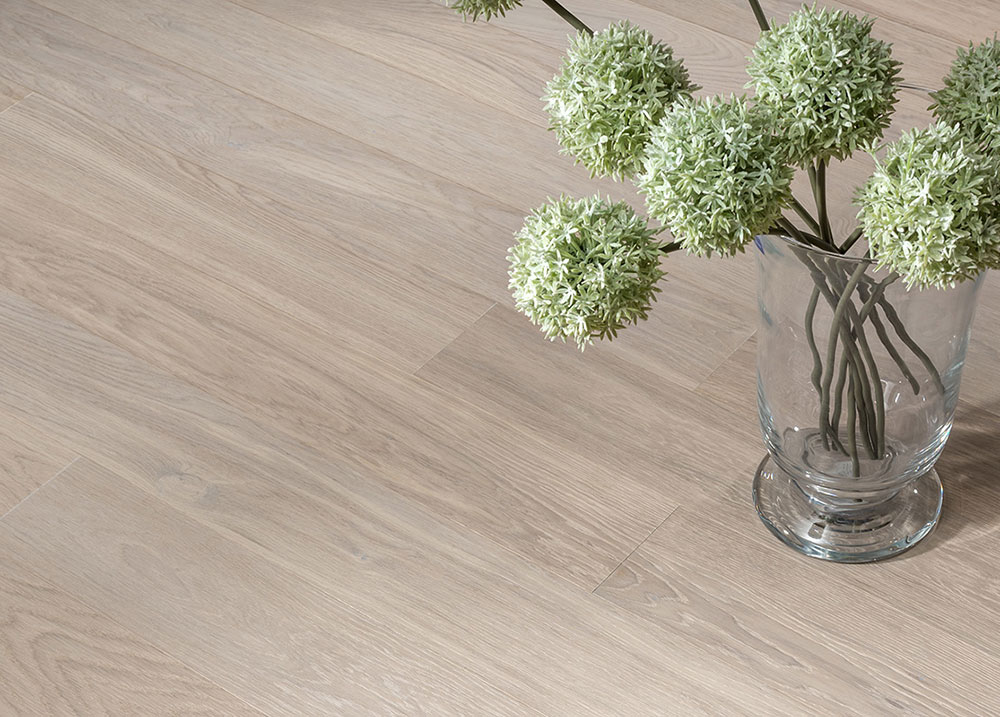Welcome to CondoCosmetics INC.
Welcome to CondoCosmetics INC.
Do’s and Don’ts for flooring installation Toronto

Before you begin flooring installation Toronto, here are some things you should know (in our case, laminate flooring). Step one is to read the installation guide and the manufacturer’s guide. Installing laminate flooring correctly is critical since it will be a part of your home for many years! Using these laminate flooring installation recommendations, you can keep your floor in good condition both during and after installation. Make a copy of our Installation Dos and Don’ts list for future use!
Before you begin flooring installation Toronto, check out this list of “DOs”:
Before you begin flooring installation Toronto, check out this list of “DON’Ts”:
Before flooring installation Toronto, when you are cutting or ripping laminate planks, don’t worry too much about your technique. The fiberboard core of the planks allows for easy slicing. Perfect cuts aren’t necessary because they’ll be covered up by the baseboards and molding when they’re installed.
Even a handsaw can be used in a table saw for some jobs, but it isn’t always the greatest option. With fine-tooth saw blades, the laminate surface is less likely to be chipped during the cutting process. A jigsaw is considered the greatest tool for making good notches, curves, and other specialized cuts. Because circular and jigsaws cut through the material, most chipping occurs on the workpiece’s top side. The board’s reverse should be trimmed to reduce the risk of chipping. The planks are chopped face up with a table saw in this scenario.